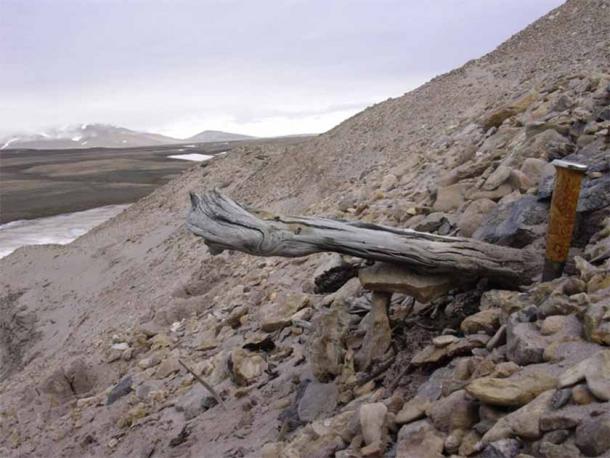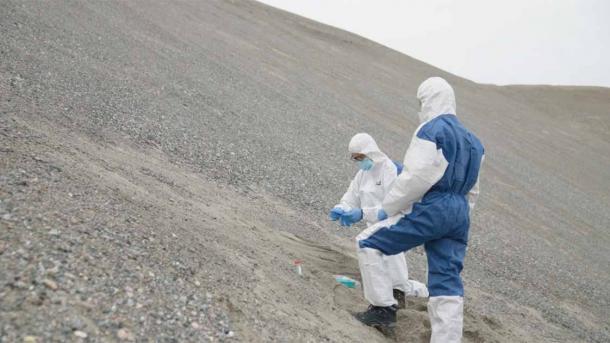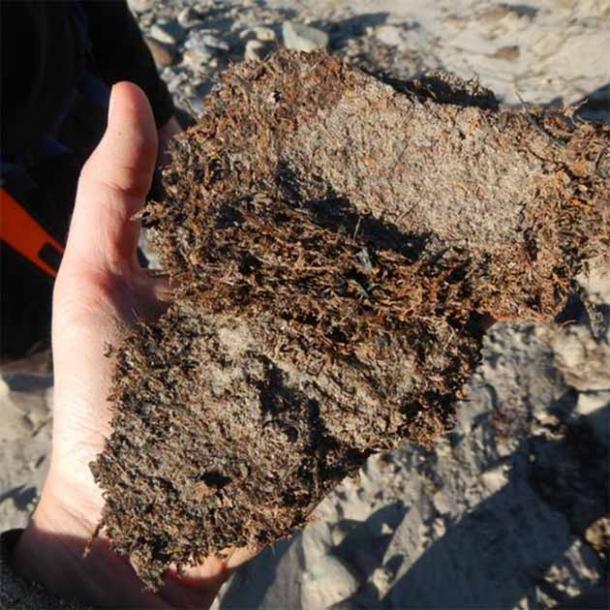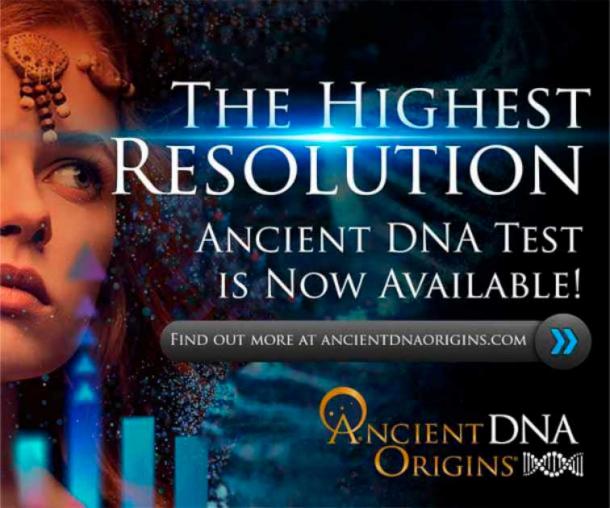A “breakthrough” has been made in understanding the history of our planet. Studying ancient environmental DNA a team of researchers has now tracked and mapped the evolution of biological communities that existed some two million-years-ago (Mya).
Until now, the scientific understanding of Earth’s ancient biological lifeforms was greatly built on the oldest environmental DNA available, which was taken from a woolly mammoth that roamed in the Siberian tundra around 1 Mya. But a team of researchers has now sampled and interpreted DNA from sedimentary clay and quartz deposits taken from the permafrost of Greenland that dates back to around 2 million Mya.
Based on this new study of ancient environmental DNA, the team of researchers has presented a detailed picture of life in a 2-million-year-old (Myo) environment, describing it as “far removed from the icy shores of the Arctic Circle.” But more importantly, they think their new techniques and methodology might soon shine light on the ancient origins of humans .

A two-million- year-old trunk from a larch tree still stuck in the permafrost within the coastal deposits. The tree was carried to the sea by the rivers that eroded the former forested landscape. (Professor Svend Funder/ Nature)
Peering Through A Wormhole In Time
A new paper published in the journal Nature explores an ancient ecosystem through the results of an analysis of “the oldest ancient environmental DNA recovered to date,” anywhere. The samples were all taken in the north of Greenland, and the study reveals the animal and plant species that roamed these northern territories approximately two Mya.
Author of the new paper, Geneticist Eske Willerslev of the University of Cambridge in the UK and the University of Copenhagen in Denmark, says the new research opens “a new chapter spanning 1 million extra years of history.” And as a result of this new study scientists can now “look directly at the DNA of a past ecosystem that far back in time” added Eske.

Prof. Eske Willerslev and a colleague sample sediments for environmental DNA in Greenland. (Courtesy of NOVA, HHMI Tangled Bank Studios & Handful of Films/ Nature)
Revolutionary Steps in Environmental DNA Analysis
The ancient environmental DNA was identified in samples taken at the Kap København Formation, located in Peary Land, North Greenland. Often described as a ‘polar desert’ this region is renowned for its rare fossils dating back to the Neogene period beginning 23.03 million years ago (Mya) to the beginning of the present Quaternary Period 2.58 Mya.
Notwithstanding, because ‘vertebrate’ fossils are rare in the Arctic researchers have always struggled to obtain samples that reveal new data about ancient biological communities. Eske explains that all previous research suggested that around 2–3 Mya the Kap København Formation region had experienced a much warmer climate with “temperatures 11–19 °C warmer than today.” But the new research was constructed around extracted and sequenced DNA “from 41 organic-rich sediment samples taken from 5 different sites within the Kap København Formation.”

Newly thawed moss from the permafrost coastal deposits. The moss originates from erosion of the river that cut through the landscape at Kap København some two million years ago. (Professor Nicolaj K. Larsen/ Nature)
Mapping A Two MYO Ecosystem
Geologist Kurt Kjær of the University of Copenhagen explains that most of the samples were taken many years ago during other research projects. It wasn’t until “a new generation of DNA extraction and sequencing equipment was developed” that extremely small and damaged fragments of DNA in the sediment samples could be analysed enabling the new “map a 2-million-year-old ecosystem.”
The new model of the Greenland polar region some 2 Mya shows an ancient ecosystem thriving with fern and fauna. An open boreal forest was filled with “a mixed vegetation of poplar, birch and thuja trees, as well as a variety of Arctic and boreal shrubs and herbs.” Furthermore, mitochondrial DNA allowed the researchers to build a picture of the wildlife from the ground up.
On a microscopic scale, DNA was identified from microorganisms and fungi and the ancient world was populated by ants and fleas. On the other end of the spectrum giant mastodons roamed among reindeer, rodents and geese, and until this study it was thought that mastodons did not range as far north as Greenland. Then, in areas that were once ancient seas, the scientists recovered DNA from the Atlantic horseshoe crab (Limulus polyphemus).
Questing Ancient Origins
In conclusion, the authors suggest their data points towards “Earth’s future in the face of a changing climate.” What they mean here is that they now have insights into the ability of different species to adapt to the changing environments resulting from temperature increases. Geogeneticist Mikkel Pederson of the University of Copenhagen said the new found information suggests that given time, “more species can evolve and adapt to wildly varying temperatures than previously thought.”
In the opening sentence this new research was described as a “breakthrough.” Why so? Now that ancient environmental DNA has been extracted from clay and quartz samples, and successfully analysed, the new technique might now be turned towards deposits from other locations around the world. Willerslev said “the possibilities are endless” and that if the new method was applied in Africa scientists might soon be gathering “ground-breaking information about the origin of the first humans and their ancestors.”
Top image: Reconstruction of Kap København formation two-million years ago in a time where the temperature was significantly warmer than northernmost Greenland today. Source: Beth Zaiken / Nature
By Ashley Cowie
 RSS Feed
RSS Feed















 December 8th, 2022
December 8th, 2022  Awake Goy
Awake Goy 
 Posted in
Posted in  Tags:
Tags: 













